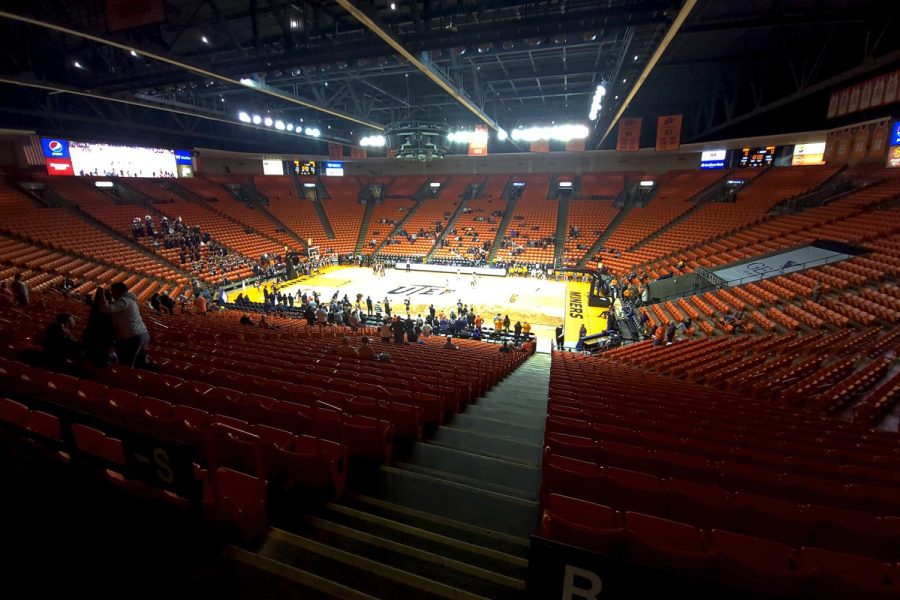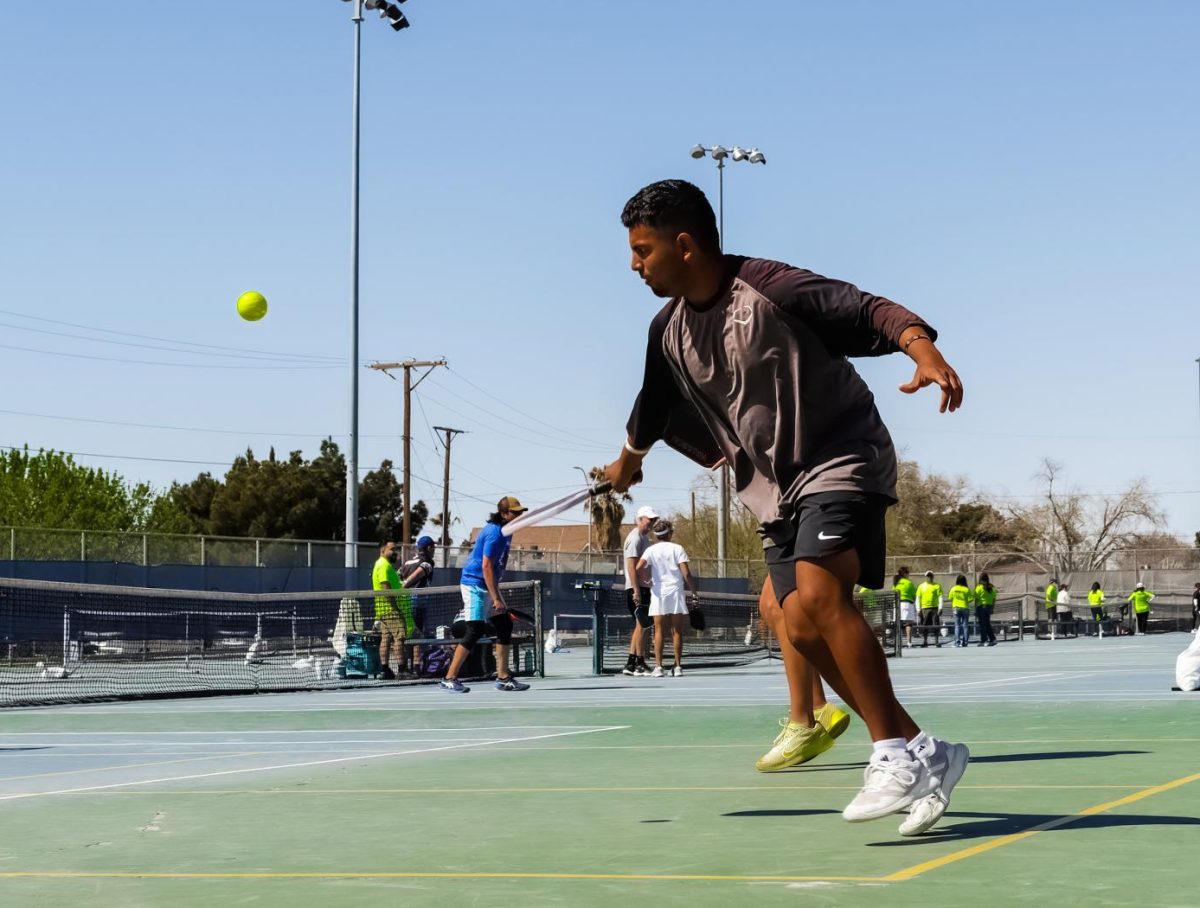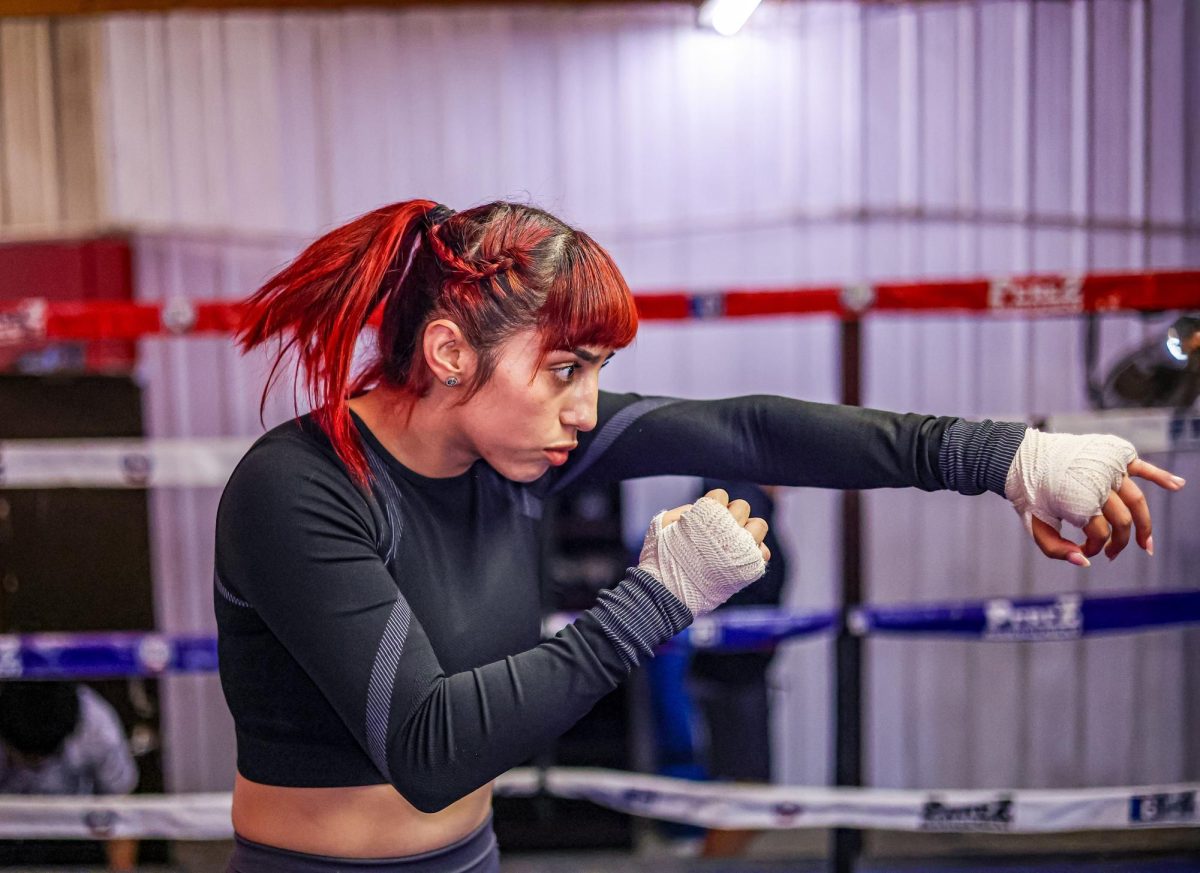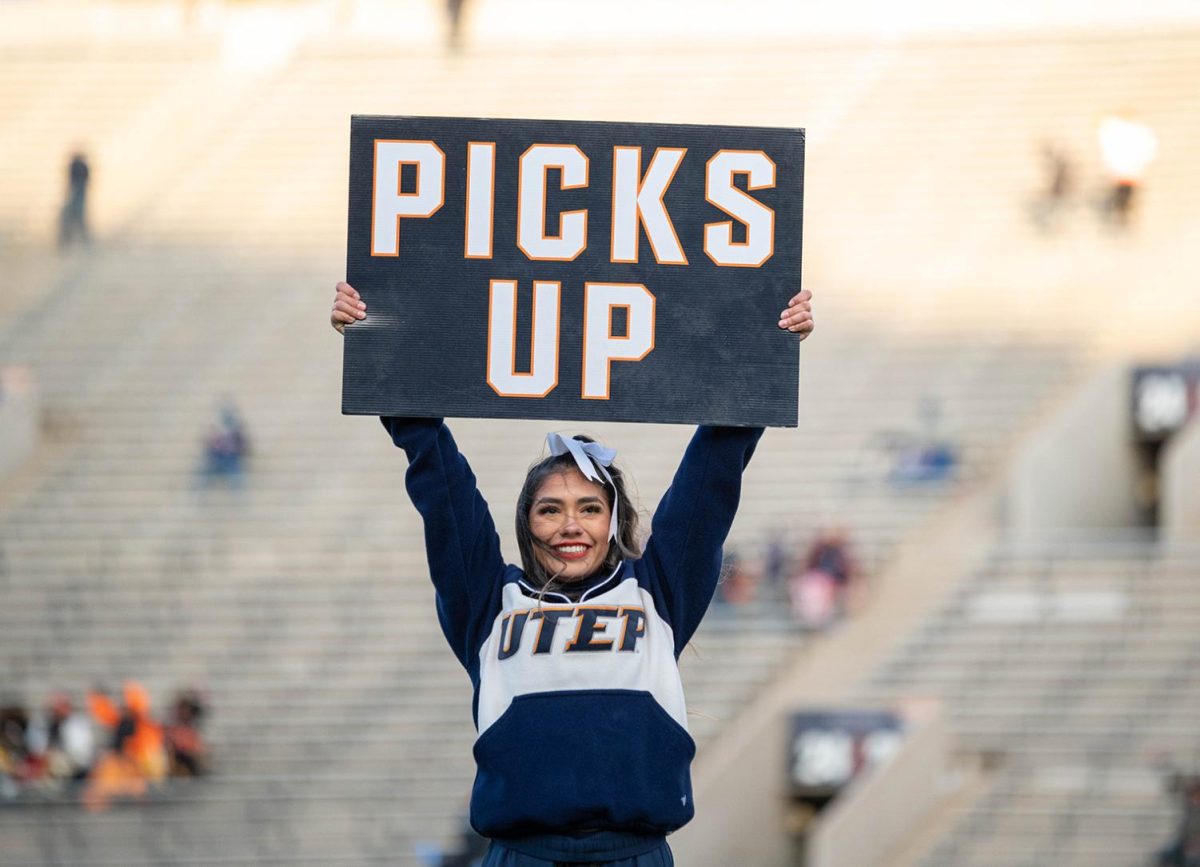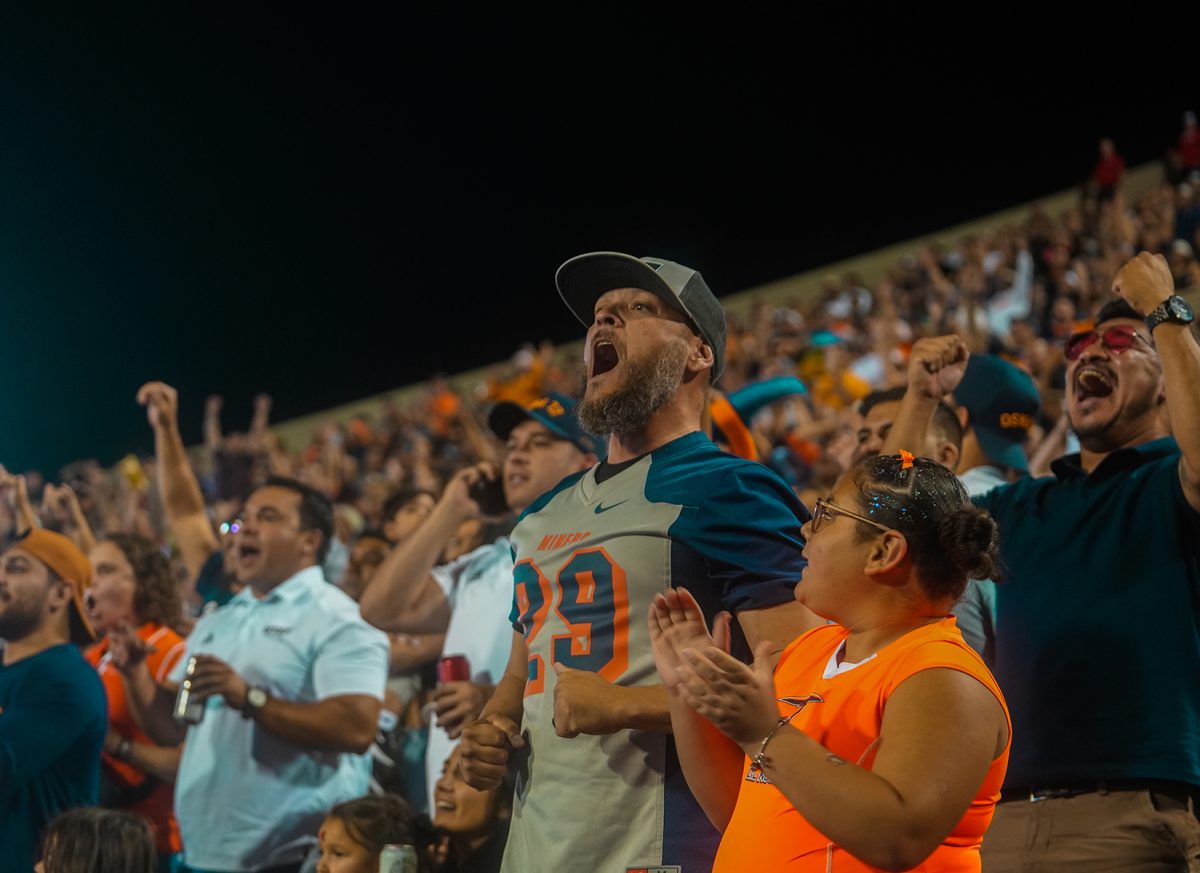In June 1972, the U.S. Congress passed the massive gender equality law Title IX, which states that, “No person in the United States shall, on the basis of sex, be excluded from participation in, be denied the benefits of, or be subjected to discrimination under any education program or activity receiving Federal financial assistance.
This principle extends to collegiate athletics. As a result, the popularity in women’s sports has increased after attendance, sponsorships and media coverage exploded. Despite these promotions, the state of women’s sports still leaves a lot to be desired. The most prevalent example must be pay in professional sports. Earlier this year, the Las Vegas Aces of the Women’s National Basketball Association (WNBA) were outed for allegedly paying several players outside the league’s designated salary cap. This raises, once again, questions about pay equality between women and men in sports.
These dissonant treatments trickle down into collegiate athletics. Of course, payment looks much different, but other forms of mistreatment are obvious, like attendance.
An argument against promoting women’s attendance tends to be the quality of the game with major media outlets peddling this narrative. Founder of OutKick, a self-proclaimed conservative sports news outlet, Clay Travis tweeted a series of statements after ESPN’s SportsCenter promoted New York Liberty’s guard Sabrina Ionescu and forwards Breanna Stewart and Jonquel Jones. Travis claimed that, in promoting women in sports, ESPN is descending into “woke” sports.
In that same thread, Travis would barrage the WNBA by tweeting, “Every state champion high school boys’ team in New York would smoke the WNBA team. I mean absolutely rout and mercy rule them. It would be a bloodbath.”
It is interesting to point out that Travis’ OutKick website does not feature a WNBA tab in the “Sports” section of the site. Also, an interesting note, the New York Liberty is currently host to former UTEP alumna Kayla Thornton.
But it is not like women cannot put out a good product. Just a little over a year ago, the UTEP women’s volleyball team went on a historic 24-8 run eventually finding themselves in the semifinals of the National Invitational Volleyball Championship. At the same time, UTEP football was on a run of their own. The football team would end the season with seven wins. Although attendance numbers for the volleyball team is not readily available, graduate student Alianza Darley recalls being shocked by the large number of fans at the semifinal home game. In comparison, the lowest recorded home game for the football team would be a whopping 10,097 people in the team’s win over Rice Nov. 21, 2021.
An argument can be made that the comparison between football and volleyball is unfair given the size of the team’s respective venues. The Sunbowl has a maximum capacity of 51,500 whereas Memorial Gym can only house 5,200. A fairer comparison would be basketball, as UTEP hosts both a men’s and women’s team.
This season, the UTEP Miners women’s basketball team nailed a Women’s National Invitational Tournament bid after winning 20 games. The team’s highest recorded attendance was capped at 1,403 in a game against Western Kentucky in early February.
Meanwhile, the men’s basketball team, who went 14-18 this season, never played a game with less than 3,498 fans.
Both teams hosted a “915 Night” against New Mexico State and North Texas. This event would be the men’s largest crowd by far, only including regular season games, with 11,315 fans in attendance for the season opener Nov. 12, 2022. The women would only see a crowd of 1,286 nearly two months into the season Jan. 28. The women would average 3,047 less in attendance at 998 fans per game this past season to the men who averaged 4,045 fans. No matter how you cut it, fans do not appear to support the women as they would the men.
This is not attacking UTEP fans or even men’s programs as their passion for student-athletes is clearly immeasurable. Rather it is a critique on social norms surrounding women’s sports.
Author and professor of Women’s, Gender, and Sexuality Studies at Purdue University, Cheryl Cooky makes the argument that the lack of excitement over women’s sports is strictly by design in a study with two other colleagues.
“Men’s sports are going to seem more exciting,” Cooky said. “They have higher production values, higher-quality coverage, and higher-quality commentary. When you watch women’s sports, and there are fewer camera angles, fewer cuts to shot, fewer instant replays it’s going to seem to be a slower game, (and) it’s going to seem to be less exciting.”
Even though we have made massive strides since the establishment of Title IX, several steps are still ahead of us. Many current issues require massive culture changes, but this one may not be overwhelming.
Simply finding the time to go to a women’s event, like one does for a men’s event, does a lot for the program and more importantly the student-athletes across all sports.
Emmanuel Rivas Valenzuela is the sports editor and may be reached at [email protected]: @rivasemmanuel2 on Instagram.


